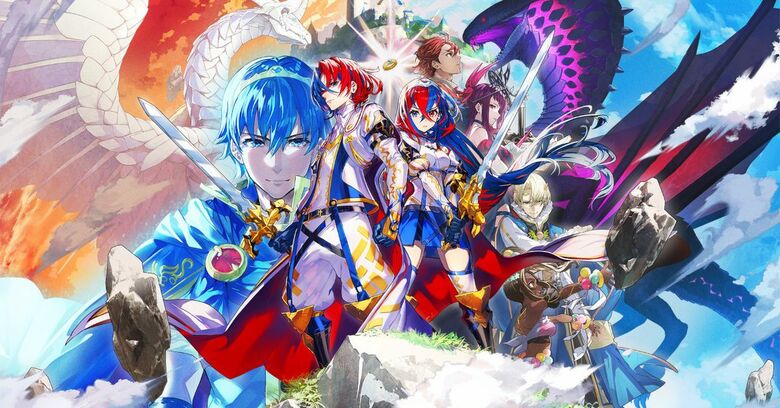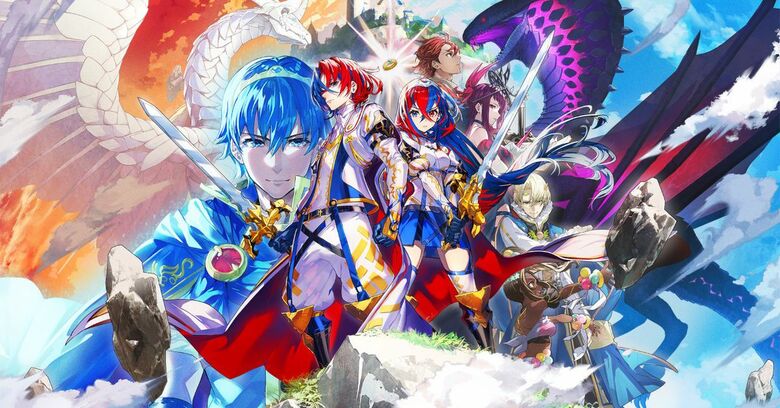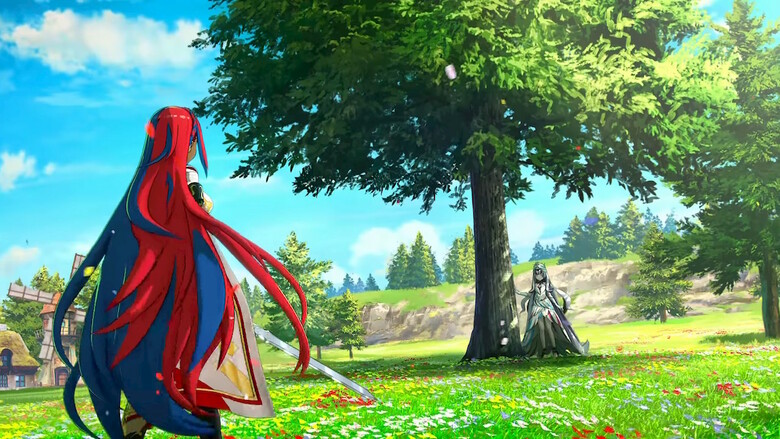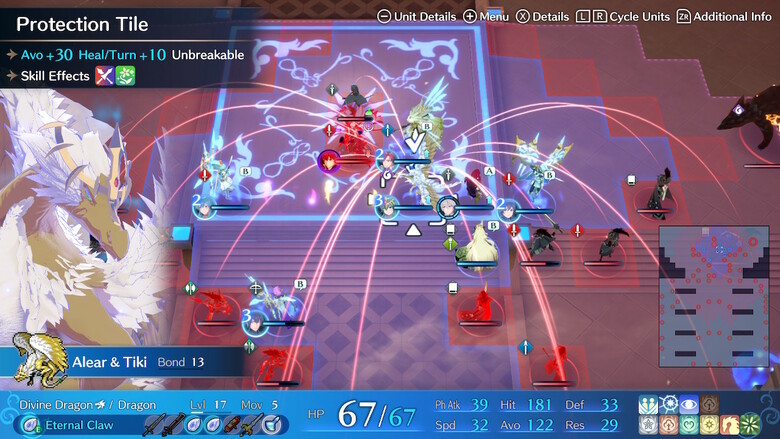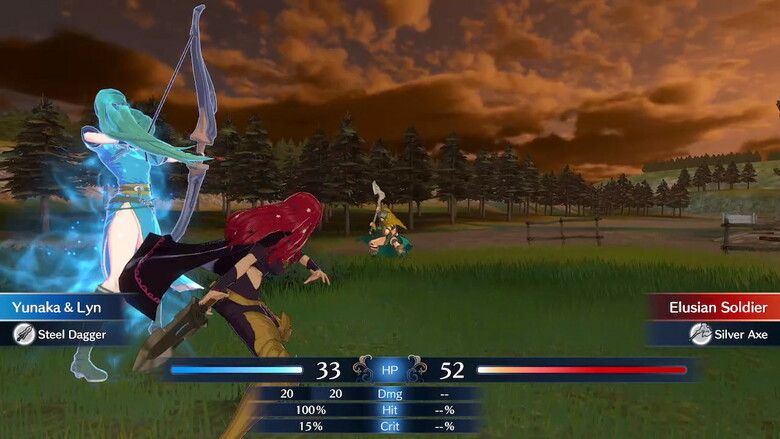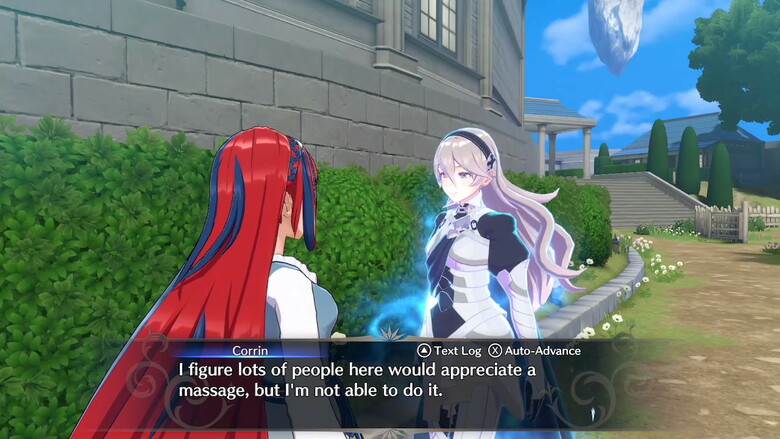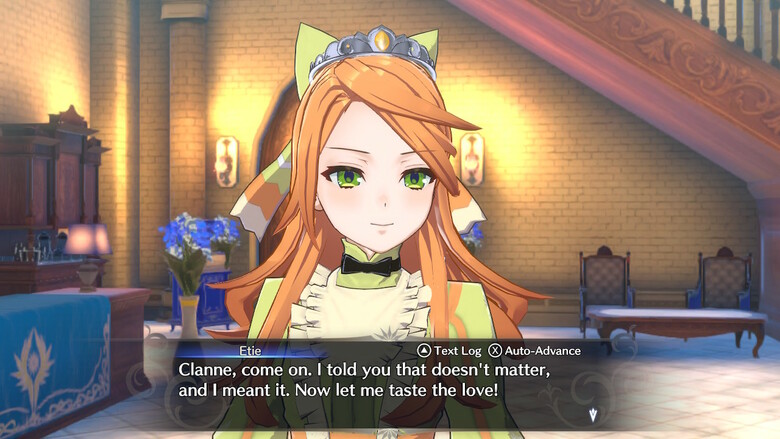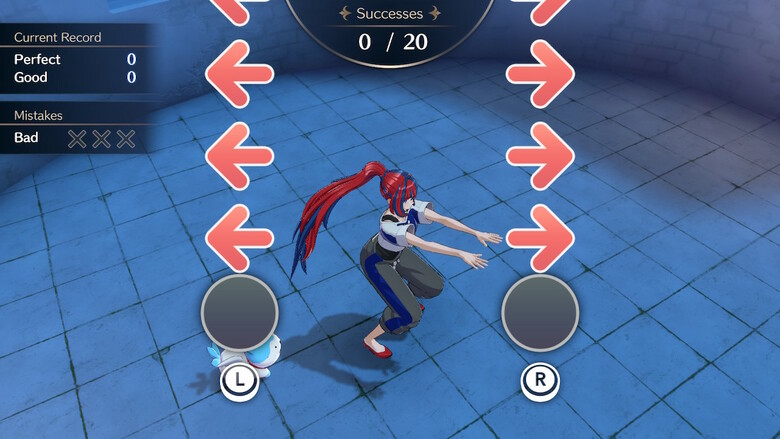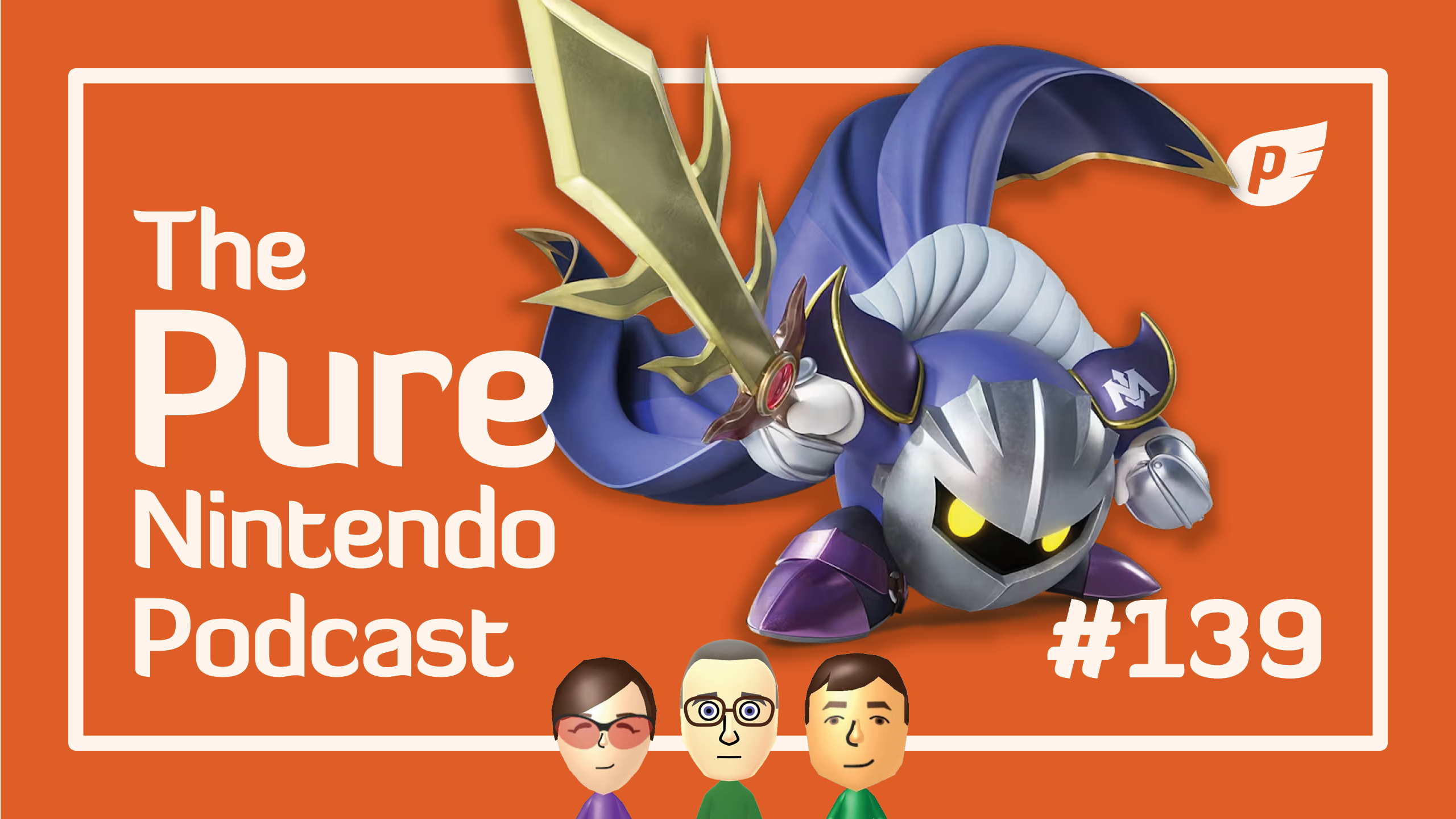Us Fire Emblem fans are a hardy bunch. Much like the innumerable factions within the medieval strategy series, cutthroat rhetoric and fanbase politics are what forge sturdy allegiances that stew about in our fortified Reddit garrisons. Some hail the Game Boy Advance iterations that pioneered Fire Emblem’s western debut as the series’ pinnacle, while those who started with newer titles like Fates and Three Houses have no use for the older games’ emphasis on permadeath. Why, in the right forums, a world-weary netizen might regale you with tales of how even the beloved GBA games were trivial follies compared to the Super Famicom games of yore.
Hence why I’m very interested in how Fire Emblem Engage will ultimately fare in the court of public opinion given how it marches to the beat of its own war drum. Forget how it arrives fresh off the heels of a sincerely human, grounded narrative in the wildly popular Three Houses, everything from the Colgate-colored protagonist to its corny opening theme feels so alien by series standards even despite its narrative redundancy. Fire Emblem is certainly no stranger to puddle-deep tales of dragons and MacGuffins operating through tough-as-nails tactics, yet I can’t think of a wider disparity between both in Fire Emblem’s whole history, let alone one married under the blatant banner of self-indulgent nostalgia.
Questionable hair cosmetics aside, the game is beautiful.
Perhaps there’s something to be said about questioning what audience Engage is chasing, but we’ll get to that later. The point is that, as a strategy game alone, Fire Emblem has probably never been deeper – but as an interactive narrative, it’s difficult to recall anything more frivolous (and boy, do I have mixed feelings about that).
In this latest venture of fantasy tactics, the Divine Dragon – our human hybrid avatar – has awoken from their millennia-long slumber, bringing hope and good cheer to all. Alas, by not-so-sheer coincidence, the evil Fell Dragon has made their return as well and, with his army of zombie-like Corrupted, seeks to reclaim the all-powerful Emblem Rings hidden across the world of Elyos. Housing the spirits of Fire Emblem heroes past, whoever adorns themselves with all twelve of these mystical rings shall either guide their faithful to everlasting peace or subject their pitiful subjects to eternal torment.
From just one look at the set-up, it’s easy to deduce that Engage prioritizes returning to Fire Emblem’s roots. Gone are the politics and philosophical questions Three Houses raised in 2019, and absent are the multiple story routes that once defined modern Fire Emblem games. Engage is a straight-up classic war campaign, forged around one center objective and illustrating strict, binary lines between good and evil. Plucky heroes traverse the familiar arc of the Hero’s Journey, demonic villains cackle and sneer, and royals and retainers dutifully follow their lordship to kingdom come.
Um, a little help here?
This emphasis on “classic Fire Emblem” extends right down to the gameplay, and it’s here where Engage’s familiarity is most welcome. Believe me, when I say that when the game is hard, I mean it is hard: from (multiple!) bosses chasing you down, giant monsters making mincemeat of your defenses, and constant enemy reinforcements compounding upon nerve-wrecking stress (“geez, how am I gonna get out of this jam?”), Engage forces the player to commit to every tool at their disposal. Never bothered with staves beyond healing rods? Yeah, well, you’ll want to look into purchasing a freeze staff – but watch your wallet! With resources and gold scarce, your tight budget will discourage any impulse purchases.
Of course, the aforementioned Emblem Rings are the star of the show. In fusing with the likes of Marth, Roy, and Lyn, your units gain access to their respective weapons and all-powerful skills. With a little creativity, they can completely change the tide of battle; for instance, Sigurd from Genealogy of the Holy War provides extra mobility with his calvary set-up, so pairing him with a slow-moving armored knight is a common sense set-up to provide them with a spring in their step. Yet with how the game yields experimentation, you’ll find Sigurd encourages hit-and-run tactics with your fragile mages and archers – after their deadly one-and-done ambushes, they can safely retreat back behind your front lines, already scheming their next move.
Bizarrely, Lyn’s model glitched up like five seconds later.
I cannot attest enough to Engage’s depth when it comes to the Emblem Ring mechanic. For example, Emblem Corrin’s numerous field conditions – from dodgy fog to health-sapping and movement-slowing field conflagration – are an absolute must. Fist-to-fist units like Framme might seem useless outside their primary purpose (healing), but the right Emblem, like Leif with his multi-hit prowess, can give her a real punch. Emblem Byleth’s dancing arts can rejuvenate multiple units at a time, but don’t think you can just waltz into enemy range and unleash your Emblem’s special attack. Tightly-knit maps and enemy boss Revive Stones – Engage’s terminology for “multiple health bars” – ensure that even the optional world map skirmishes can put any tactician through the ringer. Thankfully, Engage continues taking accessible cues from recent entries to balance its difficulty: Casual Mode only temporarily benches defeated units, rather than killing them off, and you can wind back time to revise mistakes (albeit with limited uses).
As opposed to the past several iterations, Engage’s linear structure means you won’t have infinite resources to level up every unit in your army, and the game’s not afraid to throw multiple new recruits at a time. While it’s easy to get overwhelmed, you’ll quickly bench inadequate troops and focus on building your favorites. Is Diamant a better swordfighter than Lapis? Probably, but the work I put into the latter ensured her high speed and dodge rate played an instrumental role in my army up until the very end. And when factoring in micromanagement through skill inheritance, Engage’s feedback loop instills that familiar addiction only Fire Emblem can provide.
For those burnt out by Three Houses’ monastery busywork, the floating Somniel sanctuary is a more compact retreat. Yes, there’s still some necessary chores – Skill Points are a valuable resource in inheriting skills, and you’ll squeeze every drop to hoard them – but it’s only half Garreg Mach Monastery’s size. Some players may bemoan its relative sterility, and characters often repeat their silent scripts (which is a far cry from Three Houses’ chatty lore-drops), but at the very least, you’re not left overwhelmed. Really, I’m a gamer who loves his Photo Mode, and with the Somniel offering such a diversion, you better believe I took advantage of dressing and posing my soldiers like Barbie dolls.
Of all my makeovers, this was my proudest.
Engage is involved and thrilling. It breeds experimentation and rewards your investment with hard-earned success. It’s bright and beautiful, popping with color and lively animation unprecedented in Fire Emblem’s three-dimensional realm. Every line of dialogue, from valorous oaths to quirky non-sequiturs, is delivered with every ounce of zest and earnestness the line-up of voice artists can muster – not the least in Laura Stahl’s beautifully sincere performance as the female avatar. The game delightfully wears fun on its sleeve, much like its larger-than-life Nintendo brethren in Mario and Kirby, and that’s what makes it all more disappointing that Engage’s largely devoid of any human substance.
The game’s obsession with nostalgia cheapens what should have been an emotional and cathartic war story. I know this isn’t an entirely fair criticism, and while I’d stop short of calling it “bad,” it certainly never rises above “perfunctory.” Again, it’s hardly the first time a Fire Emblem narrative has been disappointing or mediocre, but not since 2009’s ill-fated Shadow Dragon remake has a Fire Emblem felt so thematically base, and it’s such to Engage’s detriment that I never felt fully, well, “engaged.”
Consider the cast: there are plenty of fun characters – good ones, even! Princess Ivy’s religious guilt and Yunaka’s identity crisis provide the precious few themes in this by-the-book fantasy setting. Anna is a lovable gremlin and easily the most charming iteration of Fire Emblem’s recurring merchant. The adorable optimism of Framme, Timerra, and Fogado are infectious, not the least in the latter’s brilliant introduction. But there are also some misfires: Firene’s peace-loving ensemble are a little too obsessed with their respective foibles (tea and muscles) for my liking, almost as if they’re just basic stereotypes rather than actually developed characters; but they’re still entertaining when divorced from the narrative, babbling and emoting away in the bubble of Fire Emblem’s beloved support conversations.
Alfred? Fine chap, but a rather boring prince.
Unfortunately, when it comes to forging relevant camaraderie, Engage mostly falls short. The fear of mortality may drive Prince Alfred’s personal relationships, yet its absence in the main plot leaves him unable to do anything but flail around uselessly and emote cliché affirmations. Meanwhile, Alcryst’s crippling self-doubt in the shadow of his larger-than-life royal family might speak to how the Brodia kingdom’s climate of conquests and brawlers are innately unable to provide a nurturing environment, yet the narrative’s prioritization of his strait-laced, total bore of a brother in Diamant feels like a missed opportunity. Consequently, we’re left with a menagerie of unearned heart-to-hearts and maudlin tragedies acted out by a grab bag of check-boxed archetypes rather than living, breathing characters acting upon the laws, boundaries, and customs constituting their world. There’s little of the makeshift bonds that bound players into Awakening’s world as Robin and their found family, let alone the tragic, all-too-human divisions that made Three Houses so compelling.
It’s not to say there aren’t relationships or plot beats that work, but when anchored to referential callbacks via the Emblem Rings, Engage’s juggling act becomes muddled and redundant. See, the game really, really wants you to be stoked about Fire Emblem’s past, directing attention to how amazing Marth is and how Ike is the strongest hero to ever grace the universe. But we’ve had our fun with that already. It was electrifying to witness Awakening pay tribute to every prior game with maps and summonable ghosts on top of its resuscitation act for the franchise. Likewise, Fire Emblem Heroes assigned artists, voice actors, and hidden in-jokes to Fire Emblem’s hundreds of heroes, vindicating everyone from Smash Bros. regulars to obscure nobodies. To do so again is old-hat and routine to the point of being creatively bankrupt, especially they seriously try to pull “egads, the enemy’s captured the Emblem Rings, and now they’re evil!” as a riveting plot development.
Interesting — a reference to a cut mechanic from Fates’ localization…
“But it’s supposed to be an anniversary game!” has been the go-to excuse for Engage’s trip down memory lane, and I’ll be frank: is that really an excuse to exploit nostalgia as a crutch, particularly when the setting is this mundane? Yes, it’s fun witnessing engaged units cite familiar lines, but when the game is busy lifting storytelling beats from Awakening wholesale – right down to opening in media res – an undeniable sense of product-ready cynicism begins to pervade what’s otherwise a passionate title.
It’s not hard to feel like there are two separate games here, one striving to overcome the other. The focus on legacy would imply it’d be a beginner-friendly introductory game like Awakening, yet the hard-as-nails maps are direct responses to criticisms of Three Houses’ lack of difficulty, making Engage a game aimed directly at experienced players. The leering shots on female characters would put this squarely into a teenage-level audience, yet its obnoxious earworm of an opening theme echoes early 00’s anime dubbing, meant to sell toys and franchises for children rather than express any coherent message. In this midst of dueling identities come creative decisions that serve no one. For instance, Engage’s subdued emphasis on romance feels particularly oblivious to how modern Fire Emblem’s marriages captivated a new, widespread audience. And while that’s not specifically mandated, the absence of paired endings altogether – an enduring series staple often motivating replays – only showcases the insularity of Engage’s muddied mission statement.
No shipping for you — their shared love of pickles is strictly platonic.
I could elaborate on other disappointments – aside from charting new territory in the Solm chapters’ festive folk dance, the game’s soundtrack is easily the most forgettable of modern Fire Emblem – yet it’s the paired ending thing that strikes me. Fire Emblem is, and always has been, a story we can tell again and again, with newfound partnerships and loves and families changing the ending every time. While the series’ innate gameplay ensures Engage commits to this on some level (namely how units we previously overlooked can become the star), there’s none of the ironclad bonds or budding relationships blooming on the battlefield; none of the satisfaction in raising children or students in a war-torn nation. These are all addictive qualities that have had me readily revisit the likes of Three Houses, Awakening, and Blazing Sword again and again. However, Engage weaponized its nostalgia-pandering to construct a paper-thin world filled with hollow caricatures, rather than committing to any level of real storytelling driven by human characters with compelling motives.
With its all-star ensemble and light-hearted story, Fire Emblem Engage has often been compared to a Saturday morning cartoon or a Power Rangers/Super Sentai serial – much as I’ve implied otherwise, I’m hesitant to embrace this descriptor if only because I feel it’s a disservice to the strategical depth provided within. Yet it’s this very juxtaposition that gives me heavy pause, and while I imagine fans who view Fire Emblem’s army of soldiers as pieces on a board will simply appreciate its wide breadth of gameplay options, the bond-seeking tactician in me’s left feeling as hollow as an actual chess piece.
See you next year for Fire Emblem Fitness: Starring Brom, Raphael, and Marth Again

